Globally, Deaths From War And Murder Are in Decline
The world is getting safer, even if it doesn’t necessarily feel like it
The world is getting safer, at least so far as people killing other people is concerned. Globally, says a new report from the Human Security Report Project, deaths from war—either between state powers or by a government against its people—have been generally in decline since the end of World War II. The report:
During 2012—the most recent year for which there are data—the number of conflicts being waged around the world dropped sharply, from 37 to 32. High–intensity conflicts have declined by more than half since the end of the Cold War, while terrorism, genocide and homicide numbers are also down.
The report, says Fast Company, “counts wars and war deaths (international and civil), murders, and other violence (including political coups), and compares the numbers historically.”
It shows, for example, that the number of international wars has fallen hard since the 1950s (from more than six a year, to less than one a year now).
Likewise, the number of war deaths has also plummeted. In the 1950s, there were almost 250 deaths caused by war per million people. Now, there are less than 10 per million. "There are have been some pretty extraordinary changes and they haven't been recognized," Mack says. Military leaders, for example, say we live in the "most dangerous time ever." And yet, in statistical terms at least, this isn't remotely true.
The recent rise of organized crime-related killings has made up for he drop in state-based conflicts, to some extent But the difference in magnitude between these events and the atrocities of war means that, on the whole, the recent uptick in murders hasn't erased the improvements elsewhere.
/https://tf-cmsv2-smithsonianmag-media.s3.amazonaws.com/accounts/headshot/smartnews-colin-schultz-240.jpg)




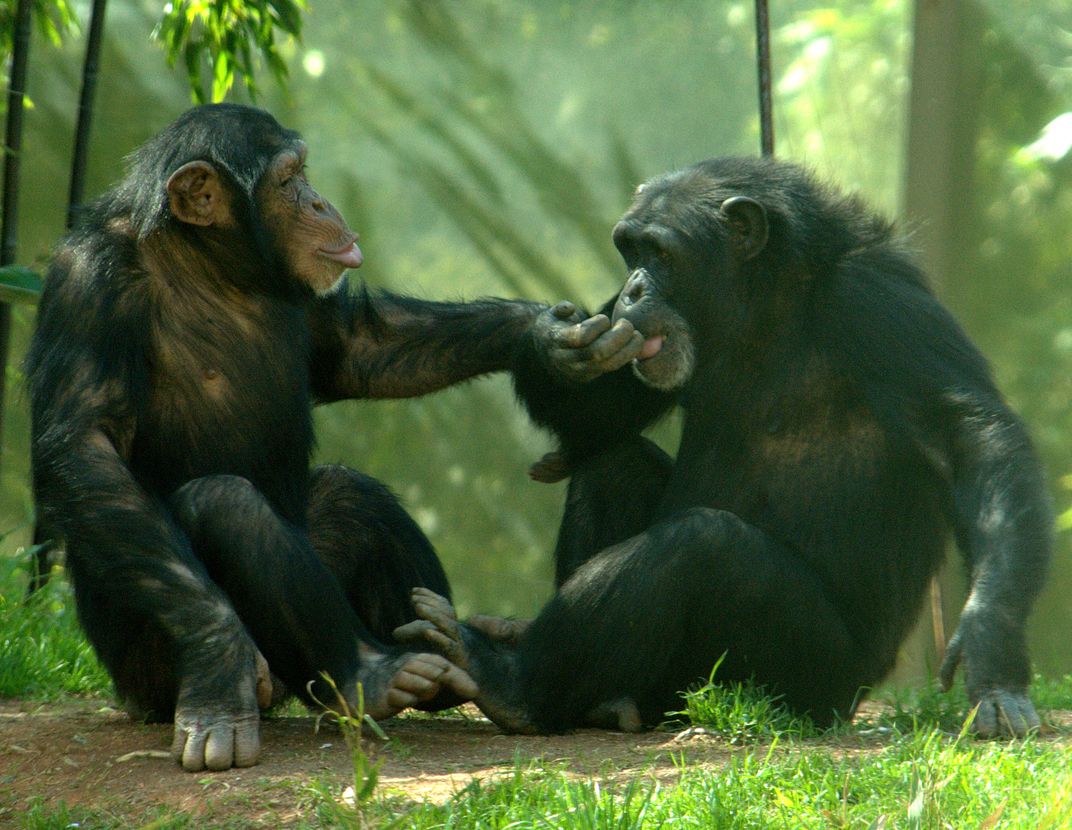









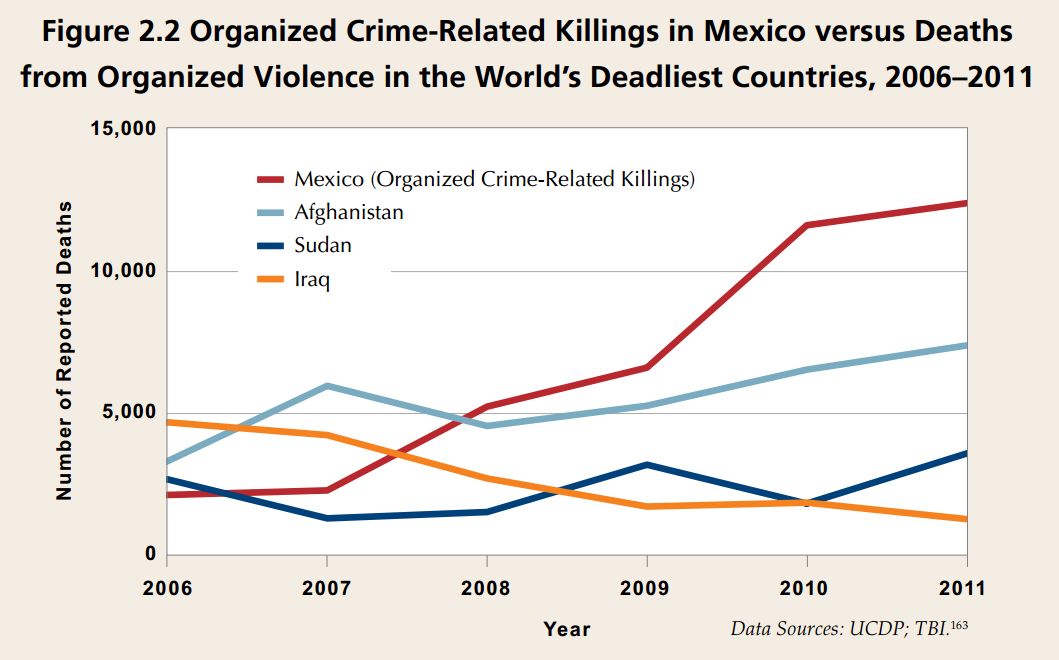
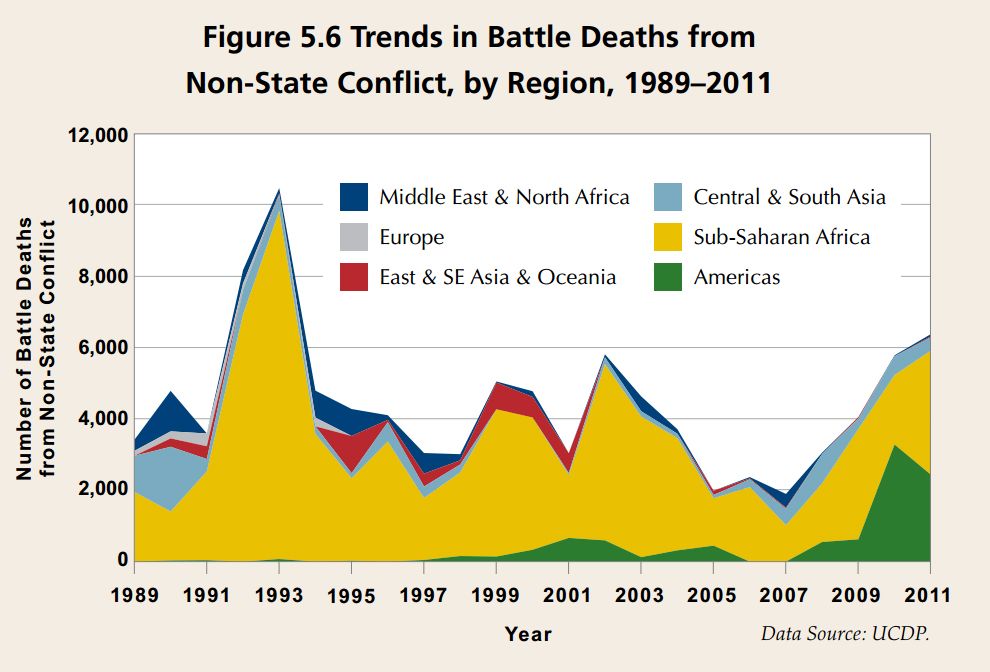
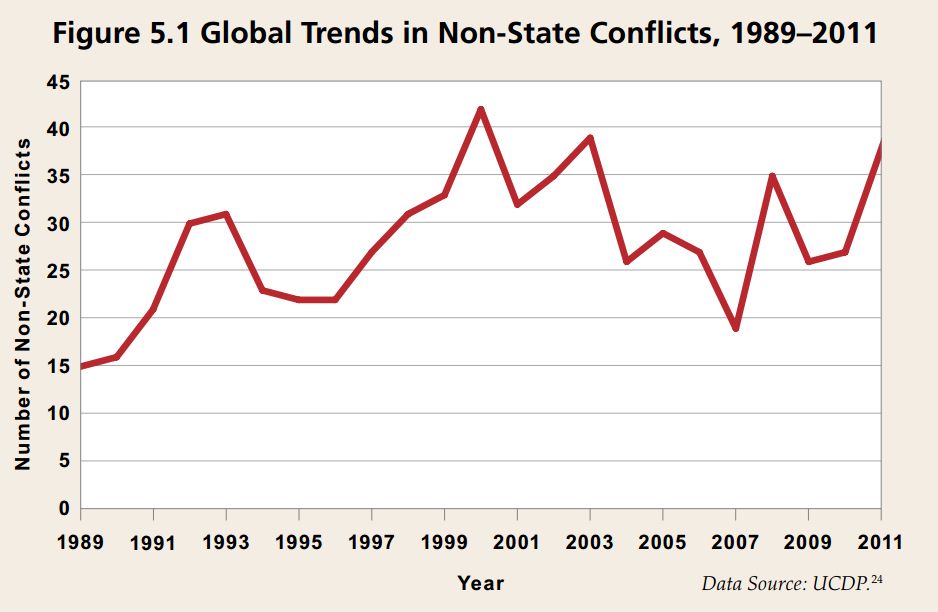
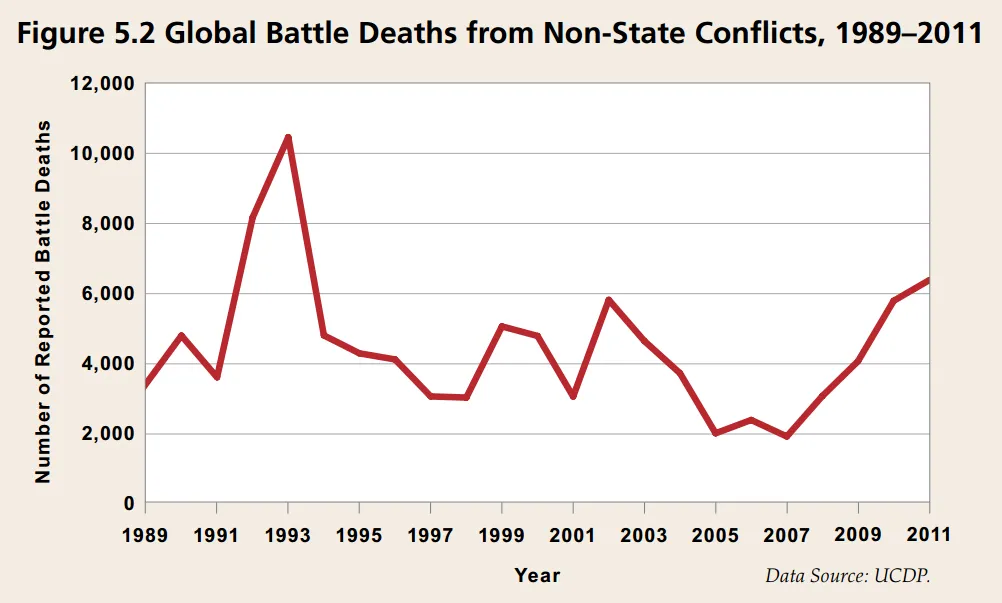
/https://tf-cmsv2-smithsonianmag-media.s3.amazonaws.com/accounts/headshot/smartnews-colin-schultz-240.jpg)